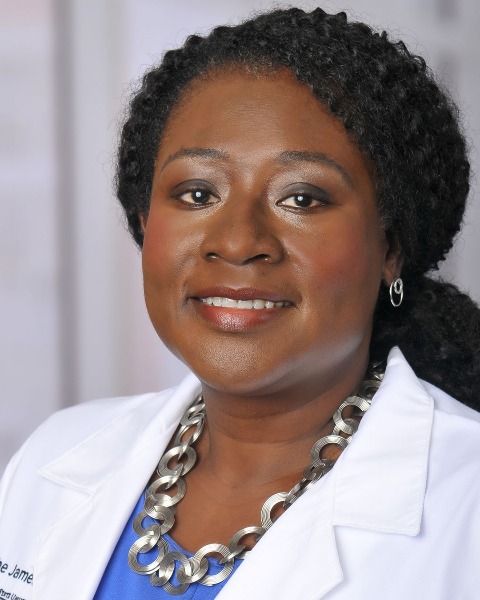Disparities in Surgical Oncologic Care
E136: Refusal of Recommended Breast Cancer Surgery: Trends After the Affordable Care Act and Medicaid Insurance Expansion

Vennila Padmanaban, MD
Complex General Surgical Oncology Fellow
The Ohio State University Comprehensive Cancer Center
Columbus, Ohio, United States
Vennila Padmanaban, MD
Complex General Surgical Oncology Fellow
The Ohio State University Comprehensive Cancer Center
Columbus, Ohio, United States
Vennila Padmanaban, MD
Complex General Surgical Oncology Fellow
The Ohio State University Comprehensive Cancer Center
Columbus, Ohio, United States- JS
Julie Stephens, PhD
Senior Biostatistician
The Ohio State University Comprehensive Cancer Center
Columbus, Ohio, United States - OB
Oindrila Bhattacharyya, MS, PhD
Program Director: Division of Population Sciences
The Ohio State University Comprehensive Cancer Center, United States - JF
James Fisher, PhD
Research Scientist
The Ohio State University Comprehensive Cancer Center, United States - SJ
Sachin Jhawar, MD
Associate Professor, Radiation Oncology
The Ohio State University Comprehensive Cancer Center
Columbus, Ohio, United States 
Bridget Oppong, MD
Principle Investigator; Associate Professor of Surgery
The Ohio State University Comprehensive Cancer Center, United States
ePoster Abstract Author(s)
Submitter(s)
Author(s)
Surgery is a central component of the standard armamentarium of breast cancer treatment. Surgery refusal can lead to non-standard breast cancer treatment, resulting in increased risk of disease-specific mortality regardless of personal factors, tumor characteristics, stage, and nonsurgical treatment. Prior studies have shown that higher rates of poverty, unemployment and lack of insurance impact surgery refusal. Over the past decade, the largest proportion of uninsured Americans were expected to obtain health insurance through Medicaid expansion in concordance with the Affordable Care Act (ACA). This study sought to determine changes in surgery refusal after the implementation of ACA and Medicaid expansion.
Methods:
This study was exempt from Institutional Board Review. We performed analyses of breast cancer patients from the National Cancer Database (2006-2018), examining characteristics of patients who underwent surgery or refused surgery. Based on date of diagnosis, patients were categorized as pre-ACA (2006-2009), ACA (2010-2013) and ACA and Medicaid expansion (2014-2018) cohorts. Demographic, clinical and therapy data were summarized, and the odds of surgery refusal (univariate and adjusted) was calculated using logistic regression.
Results:
Among the 2,023,345 patients included, 12,336 (0.6%) refused surgery. Percent refusal increased annually from 2006 (0.28%) to 2018 (0.77%). Factors that influence surgery refusal among breast cancer patients are understudied. Black race (OR: 2.0; p < 0.001), older age (OR: 2.35; p < 0.001) and lower educational attainment (OR:1.24; p < 0.001) were positively associated with surgery refusal. In multivariable logistic regression, after adjusting for age, race, ethnicity, education, household income, insurance, chemotherapy, hormone therapy and immunotherapy, the odds of surgery refusal among those in the ACA + Medicaid cohort was 2.53 times that of those in the pre-ACA cohort (p < 0.001). There were no significant changes in the rate of uninsured patients over time.
Conclusions:
Factors that influence surgery refusal among breast cancer patients are understudied. Older age, black race, and lower educational attainment were associated with surgery refusal. Unexpectedly, the percentage of surgery refusal among breast cancer patients increased in the time period of ACA and Medicaid expansion. Factors outside of insurance status may play a key role in surgery refusal. Further analyses of practice patterns and qualitative studies are needed to better understand the direct clinical implications of these findings.
Learning Objectives:
- Surgery refusal can lead to non-standard breast cancer treatment, resulting in increased risk of disease-specific mortality regardless of personal factors, tumor characteristics, stage, and nonsurgical treatment.
- Over the past decade, the largest proportion of uninsured Americans were expected to obtain health insurance through Medicaid expansion in concordance with the Affordable Care Act (ACA).
- This study sought to determine changes in surgery refusal after the implementation of ACA and Medicaid expansion.
